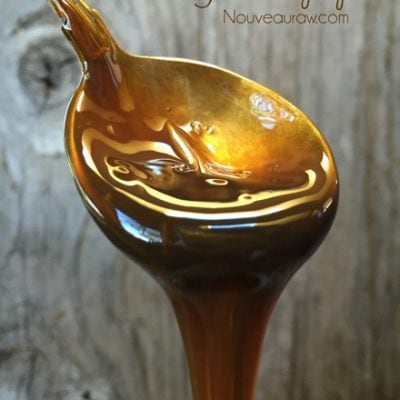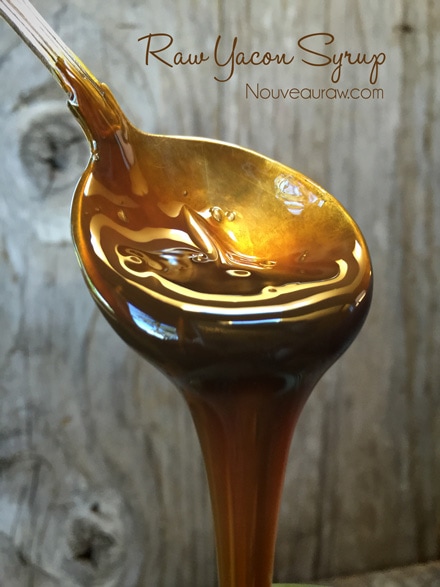


 Add to favorites
Add to favorites
 In every post you read about sweeteners, please keep this thought in mind… Just because the dessert recipes on my site (or any other raw site) are raw, created on the foundation of whole foods, and are healthier than the typical SAD (Standard American Diet) desserts… they are still desserts. They should be consumed with the same sensibilities.
In every post you read about sweeteners, please keep this thought in mind… Just because the dessert recipes on my site (or any other raw site) are raw, created on the foundation of whole foods, and are healthier than the typical SAD (Standard American Diet) desserts… they are still desserts. They should be consumed with the same sensibilities.
I am not here to debate which sweetener is better than the other or whether or not you should consume them. You know your own health better than anyone else, so you will need to make those determinations for yourself.
Sweeteners, in general, tend to face controversy at some point or another. My suggestion is to use sweeteners in their raw and purest form, so be sure to read the labels, and if you are concerned, called the manufacturers.
Some raw sweeteners are vegan, and some are not, you decide on what the priority is for you. All we can ask of ourselves is to make the best possible decisions with the information we are given and what is available to us.
I like to mix different sweeteners for several reasons. By layering multiple sweeteners, I can sometimes reduce the overall glycemic load, as well as create layers of flavor and sweetness. Plus, different sweeteners respond textually in unique ways. For instance, dates not only add sweetness to a recipe but also works as a binder, holding cakes, cookies, and bars together. To keep the sugar levels down, I might add stevia, which bumps up the sweet level without adding more sugars or calories. In raw recipes, you always need to take your health needs in account, the texture that you want from a recipe, and the overall flavor.
Looking to show some love and support to your colon? Well, if so, here is some interesting information. “Yacon Syrup is high in prebiotics, such as inulin and fructooligosaccharides (FOS). The concentration of FOS, which are sugars found naturally in many plants, is particularly high in Yacon Syrup. FOS resist breakdown by enzymes in the human digestive system and reach the colon without being digested. What this means is that Yacon Syrup is very low in calories (about 20 calories per tablespoon). FOS also acts as a soluble fiber, which increases stool bulk to help prevent and control constipation. Not all brands are raw, so do your research.
Yacon tuber which grows in Peru. It is sometimes called the Peruvian Ground Apple. The root can be sliced and eaten raw. It tastes a bit like an apple but sweeter. The tuber is ground down to extract the juice, which is then heated to reduce the moisture content. The syrup has a lovely caramel taste and is about half as sweet as honey or maple syrup. To me, raw yacon syrup is the perfect substitute for molasses, although it is not as sweet and definitely has a flavor of its own.
You can use yacon syrup as you would use honey, agave, stevia, or maple syrup on foods, in recipes, and to sweeten beverages. I never use yacon syrup all by itself due to the expense. Depending on the quality, it can run up to $30 for 16 oz!
Aloha Amie Sue,
We had a bumper crop of yacon this year and tried to make our own. We harvested, peeled, juiced and then simmered for about 8 hours to reduce the massive amount of liquid in the yacon. The amazing part is it smelled like DONUTS! I wanted to go to sleep and not leave the stove on, so I moved it to a crockpot and kept the lid partially open so it could still reduce. We ended up with 3 small jars of yacon syrup! Now I know why it costs what it does. I’m not sure what people do to keep it raw but I have been using a little here and there in my coffee or tea. AMAZING process!
Wow Glorianne,
How exciting. I’ve never seen yacon outside of a grocery store. hehe Thank you so much for sharing your experience with me/us. I feel as though I was there with you, smelling those donuts! lol Nothing like being able to grow your own foods! Blessings, amie sue